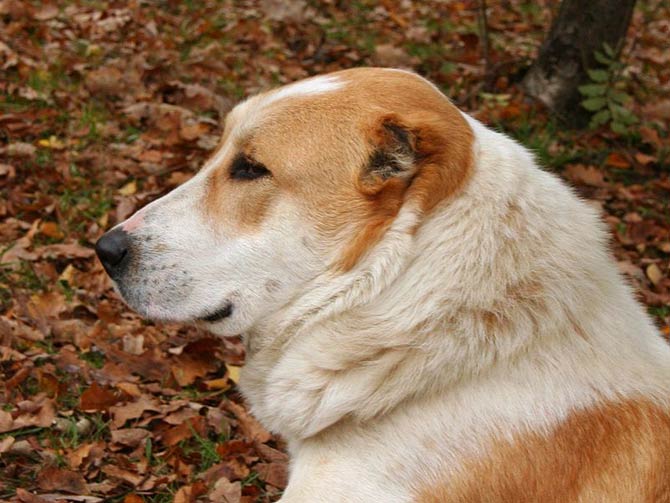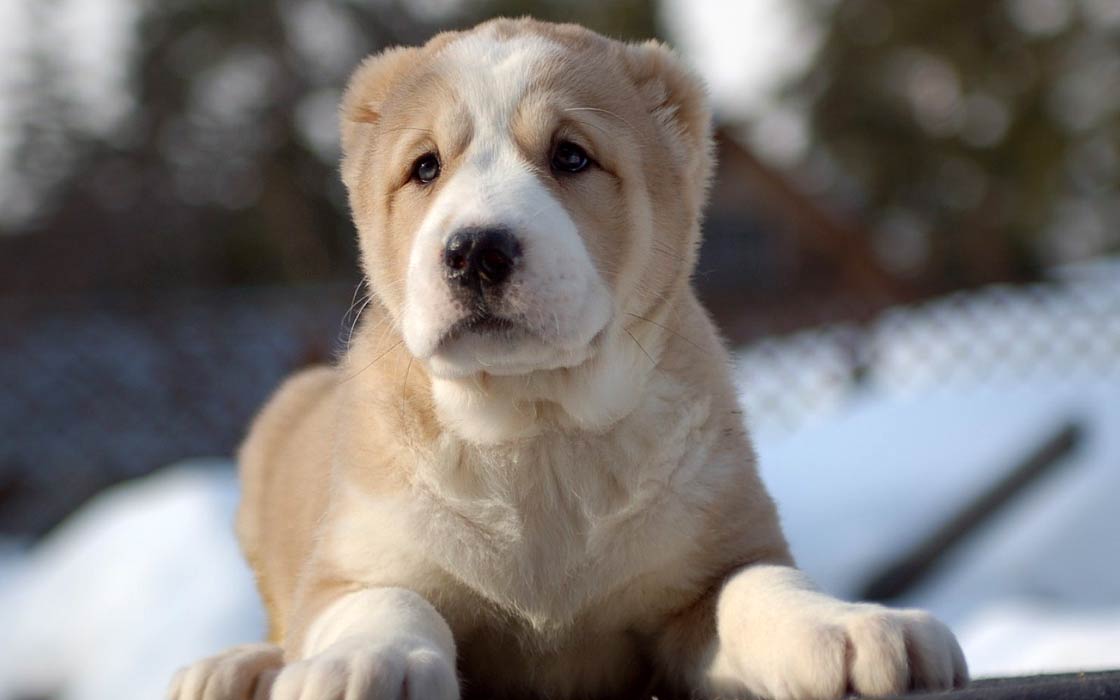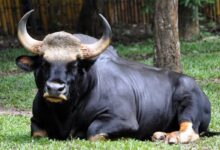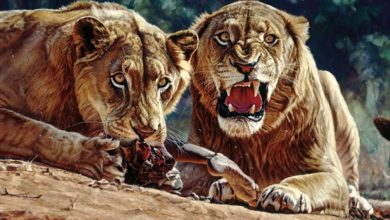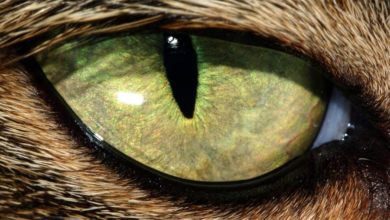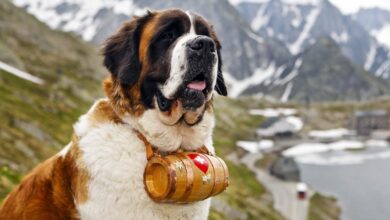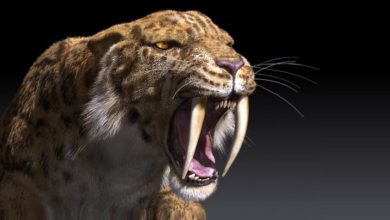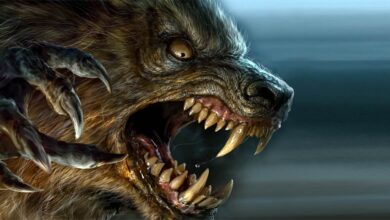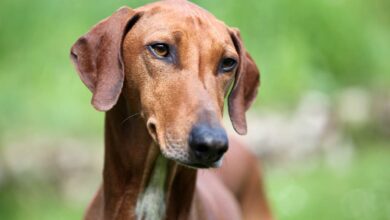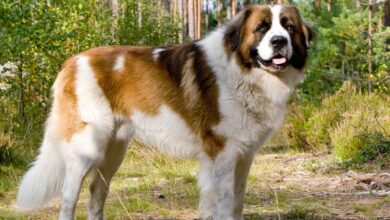Central Asian Shepherd Dog – Alabay
Asian natives learned their true nature, cooperating with them while caring for sheep herds. Today, Alabay fulfills itself as a “shepherd” of the family, although it is better to temper its instincts, which can frustrate the untrained owner.
FCI classification
- Group 2 Pinscher & Schnauzer type, Molossoid Breeds, Swiss Mountain- and Cattle Dogs
- Section 2.2. Molossoid Breeds, Mountain type
- Without working trial
- Origin:
- Other names: Sredneasiatskaya ovtcharka, Central Asian Ovcharka, Alabay, Alabai
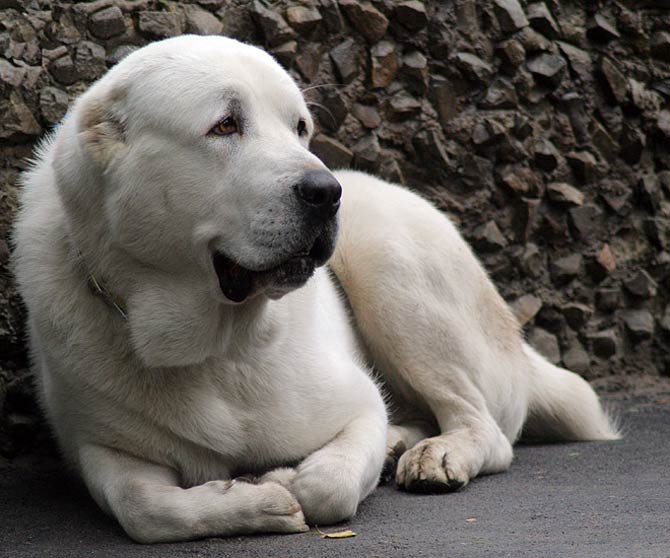
History of the breed
It is certainly one of the oldest breeds, developing by natural selection for 4,000 years. The Central Asian Shepherd Dogs are descendants of the oldest Tibetan guard dogs, which in turn were descended from Asian mastiffs guarding herds, caravans and plots. The character and appearance of the breed was undoubtedly influenced by strict natural selection caused by very difficult climatic conditions, the presence of predators and fights with them. Therefore, sheepdogs are fearless, strong and energy-efficient animals. It was only in the 1930s that the Soviet Union decided to breed this breed artificially.
The origin of the breed
The Central Asian Shepherd Dog is most likely from the areas between the Urals, the Caspian Sea, Asia Minor, and northwest China. The indigenous peoples of Central Asia can be found until today in Kyrgyzstan, Tajikistan, Turkmenistan, Kazakhstan, Afghanistan, Uzbekistan, etc. The breed has fulfilled various roles among these peoples: from shepherds, through “bodyguards” of owners, to competitors taking part in dog fights, which are a national tradition in some Asian countries.
The breed is genetically very similar to other primary Asian herding breeds, especially the Caucasian Shepherd dog, Anatolian, and Akbash dog.
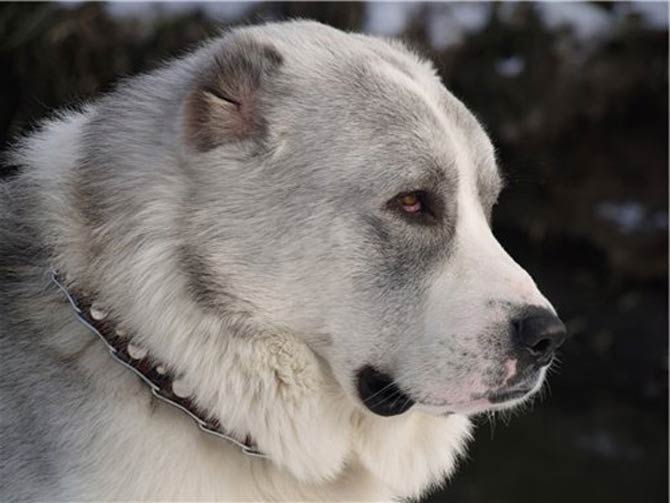
Breed research
Russian biologists have studied the indigenous populations of the Central Asian Shepherd Dog since the 18th century. After the communist revolution, the Soviet government focused on dog breeds working for the Red Army, and the best representatives were imported to Russia as military and guard dogs. For decades, these practices harmed indigenous tetrapod populations as the introduction of new breeds led to genetic crosses. Ultimately, purebred sheepdogs were left only in the care of shepherds, breed lovers and breeders. Even so, the Central Asian Shepherd Dog population is stable and valued for its skill, regardless of its country of origin.
Variations
The breed includes many varieties that vary in size, color, head shape, and type of coat. Interestingly, these dogs tend to form social groups where each member has different tasks to do, and in one litter, the appearance of puppies of different varieties is not unusual. The characteristic appearance, as well as its traditional terms, provided the basis for the creation of the breed standard; dogs are distinguished by specific anatomy, flexible joints, the presence of pseudo-ribs, head position, a very strong neck and massive dewlap, and an expressive, almost human gaze showing intelligence.
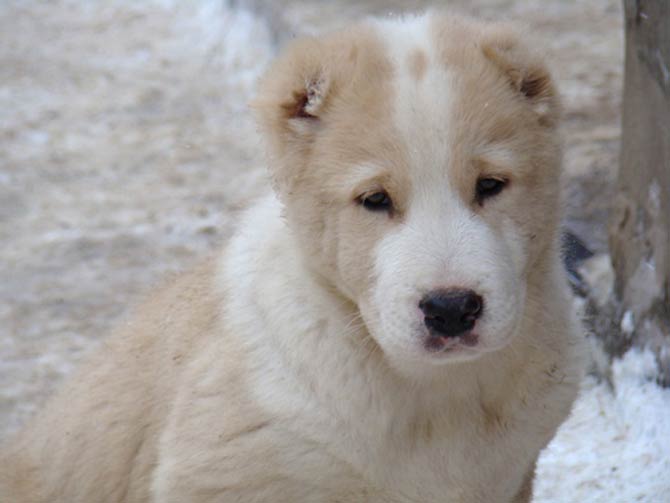
Dogs fighting
Shepherd dogs were bred in many directions, depending on their destiny. Attention was paid to the breed to be adapted to dog fights, but never cruel and deadly, as in the bloodsports involving pit bulls. Every year, all the shepherds from one region met and confronted the strongest dogs, but it was not about bloody slaughter, but domination – most dogs judged each other, and the weaker and more submissive individuals did not try their hand at all. The animals were rarely injured and generally slightly scratched. Only real leaders had to show their strength with contact combat, which compared to the dog’s daily duties (clashes with predators and venomous snakes) did not matter too much.
Central Asian Shepherds are the most powerful livestock defense dogs and, albeit slightly, stronger than the Caucasian Shepherd Dog, Anatolian, and Akbash.
Today
Contemporary breeding individuals often differ from the traditional breed that is bred for fighting. Experienced breeders distinguish dogs from different lines: those genetically related to fighting dogs are very aggressive towards other dogs, but for the whole breed a high level of aggression is atypical. In general, Central Asian Shepherd Dogs can come from working, fighting or defensive lines, so they behave according to their internal destiny, regardless of their country of origin. To find out, all it takes is a simple pedigree analysis and talking to the breeder who will reveal what basic instincts to expect from a particular individual.
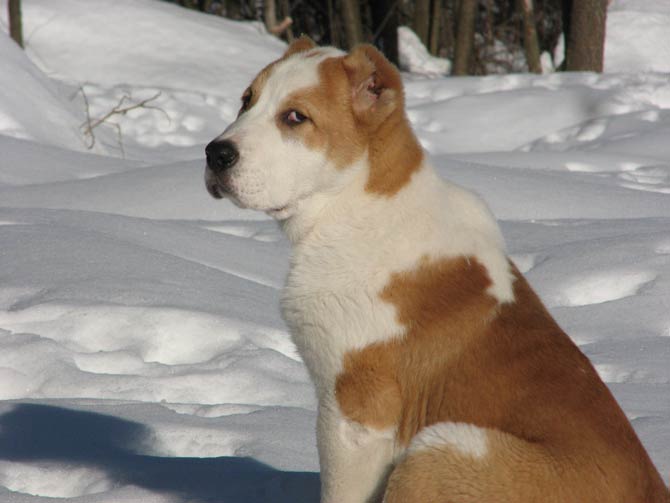
Characteristic
Appearance
A strong, large dog, with tremendous strength. Although it is quite high at the withers, its length is somewhat less. The coat is short or medium length with an abundant undercoat, the topcoat is stiff, dense and straight. The ears, as a rule, are trimmed in the countries of its origin, but are originally longer, medium-sized, thick and triangular in shape, hanging and set low. The tail is relatively high, thick at the base, saber-like or clearly curled. When the dog is active, it raises it to the height of the back or slightly higher, it hangs at rest, but in the countries of origin and without prohibitions in this matter, it is usually trimmed.
Color
The most common colors are black, white, spotted, various shades of fawn, from light to dark red, brindle, and some individuals have a black mask.
The head is solidly built, the neck is set low, short, with a dewlap. The whole silhouette is broad, proportional, and the muscles are rather flat. The chest appears very long due to developed pseudo-ribs. The legs are straight, long and the rump is wide. It usually gallops, but it can also trot for hours.
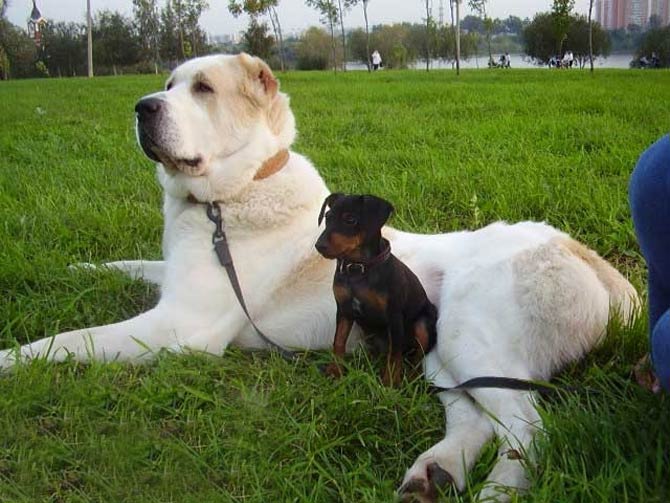
Temperament
Although less than in the past, it is still needed as a guard and guardian dog. It can also protect a person from all kinds of intruders, which is also contributed by his strong territorial instinct. Nevertheless, it is well-mannered, suitable as a companion for children, loves and shows respect towards adults and the elderly, and moreover, it can defend small animals against predators. However, it is very gentle with family members. Its character traits also include independence, vigilance and fearlessness.
It performs well as a working dog due to its territoriality and high intelligence. Therefore, it does not require complicated training to understand the rules of the “human herd” and learn the respect for the household that its ancestors had for their owners.
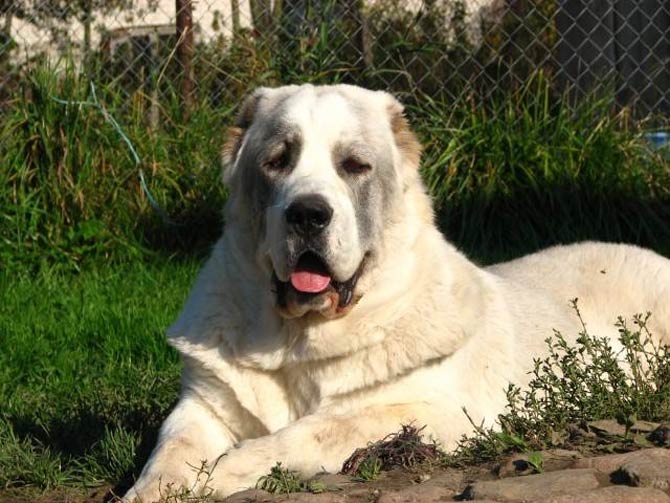
Shepherd dogs
These dogs were introduced among herds of sheep, which turned out to be a great success, because Central Asian Shepherds can cooperate with each other to protect farm animals, and therefore, as watchdogs, they cannot show strong aggression, because cooperation with other dogs would be impossible.
Independent and responsible
Bred to solve all kinds of problems, it possesses independent thinking, strength, courage and responsibility. Although large, it is very agile, sometimes even referred to as “a cat in a dog’s skin”. Due to its strong character, the breed is not recommended for people inexperienced in dealing with dogs of similar disposition. However, it cannot be denied high sensitivity, loyalty and leadership skills. Therefore, rigorous, brutal training is a shot in the knee of the owner and instructor, because for the Central Asian Shepherd Dog a friendly attitude and human respect are what counts.
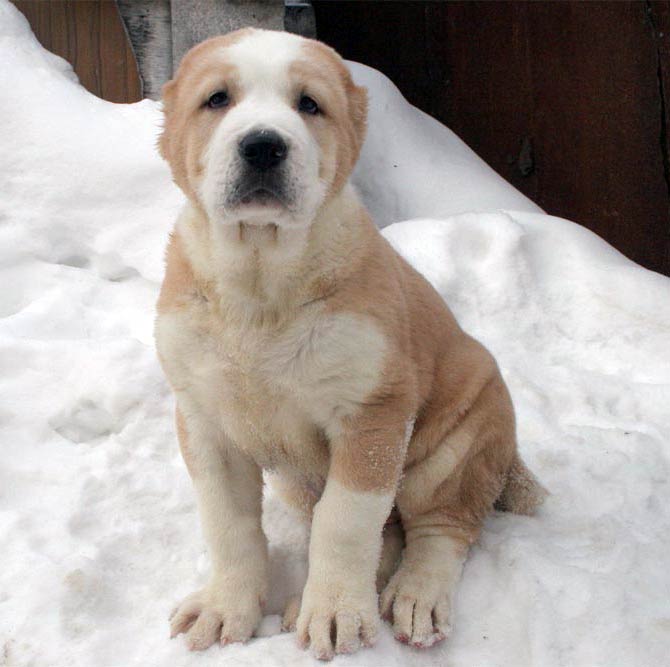
Detailed data and dimensions (size)
Central Asian Shepherd Dog
- Height at the withers:
- dogs: over 70 cm (28 in)
- female dogs: over 65 cm (26 in)
- Weight:
- dogs: over 50 kg (110 lb)
- female dogs: over 40 kg (88 lb)
- Lifespan: approx. 11 years
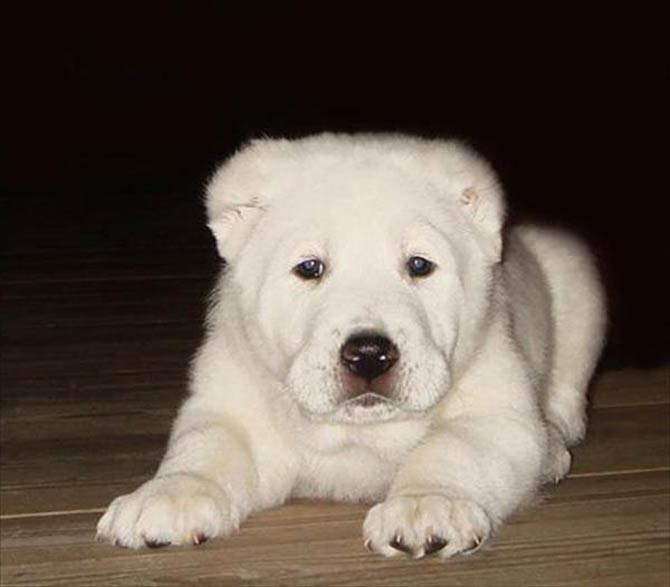
Central Asian Shepherd Dog – interesting facts
- The Central Asian Shepherd Dog needs a lot of space to move around, it moves mostly evenly, but it has to do this for a relatively long time during the day. Also, to satisfy his instincts, he should be getting something it can protect. The highest vantage point also comes in handy so that it can keep an eye on everything that happens in the area.
- Breed clubs in European countries rarely require participation in the Schutzhund or IPO (Internationale Prüfungsordnung) exams, as the breed is not very suitable for this type of competition. As a result, some countries have developed specific tests for large dog breeds to assess the internal stability of an animal (eg the Mentality Assessment Test in Sweden).
- Due to its high endurance, it can live outside the house all year round, as it can withstand temperatures down to -25℃ (-13℉).
